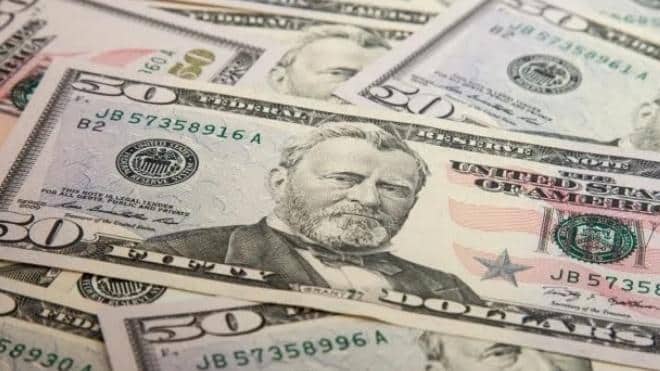
Americans are once again checking their bank accounts for signs of relief. With economic pressure still lingering, several state and federal programs are continuing to issue stimulus checks in June 2025. But who qualifies this time—and how much is being sent?
Federal stimulus: What’s active in June?
There is no new nationwide federal stimulus program as of June 2025, but several residual payments are still active under previous legislative authorizations:
- Child Tax Credit Advances: Eligible parents may receive advance monthly payments if they opted in during the spring enrollment window.
- Earned Income Tax Credit bonuses: Low-income workers who filed early for 2024 may receive additional EITC disbursements this month.
- Disaster Relief Stimulus: FEMA and Treasury are issuing one-time payments to residents in federally declared disaster zones.
To check federal eligibility, visit the IRS stimulus portal.
State-level stimulus checks
Several states are issuing their own stimulus payments in June, funded through budget surpluses or inflation relief programs.
States confirmed to send checks this month:
- California: Golden State stimulus round 3 ($200–$600 per eligible taxpayer)
- New York: Inflation Adjustment Rebate ($350 for income-qualified households)
- Texas: Utility bill stimulus for low-income seniors ($150 via direct deposit)
Each program has unique requirements based on income, residency, filing status, or dependents.
Who qualifies in June 2025?
Eligibility depends on the program and state, but common factors include:
- Filed 2024 taxes by April 15
- Income thresholds (e.g., under $75,000 for individuals, $150,000 for couples)
- Residency in a participating state
- Dependents or qualifying children under 17
- Enrollment in public benefits (SNAP, SSI, Medicaid, etc.)
Some programs are automatic if prior-year tax data is on file. Others require active application through a state portal.
How to check your payment status
You can confirm your eligibility and track payments using the following tools:
- IRS Get My Payment Tool: For federal checks and credits
- State Department of Revenue: For state stimulus tracking
- Bank Alerts: Some deposits show up as “TAX RELIEF” or similar descriptors
If you’re unsure which payments you’re due, start with your state’s tax agency website or call the taxpayer assistance hotline.
When are June payments arriving?
Most June stimulus checks are being sent between June 7 and June 21, depending on program type and method of delivery:
- Direct deposits: Typically arrive within 3–5 business days of issue date
- Paper checks: May take up to 10 business days
- Prepaid cards: Some state rebates are delivered via debit card by mail
Check delivery timelines posted on your state’s official tax website for more detail.
What happens next?
As discussions continue in Washington over potential new stimulus frameworks tied to housing and inflation relief, future checks may be back on the table by late summer.
Key takeaways:
- No new federal checks, but multiple ongoing programs remain active
- State-level payments are a major source of relief this June
- Eligibility varies widely—check both federal and local sources
More
- Explore more on Stimulus Checks
- Learn about other Government Benefits
- Visit the IRS Economic Impact Payments page for the latest federal updates
